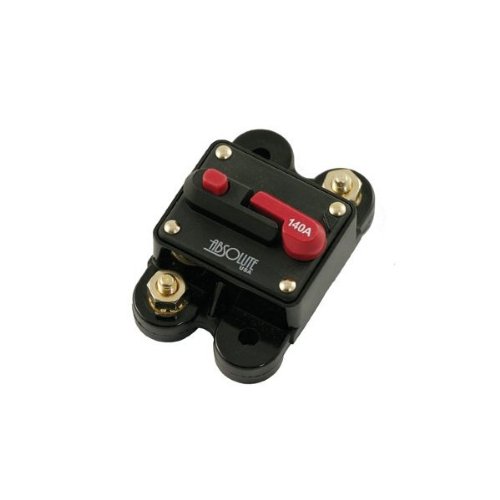When you know where your battery is, all one does is choose one of 2 voltages.
For my current AGM battery,
14.7 when not fully charged
13.6 when fully charged
When is it fully charged, amps at 14.7v, taper to 0.45 or less.
If amps into battery at 14.7v fall below 0.45v, spin dial downward to 13.6v.... or not, but unless driving throut the desert in summer, not much of a consequence.
Is the battery hot... Probably.... well perhaps 14.1v.
Grab dial, rotate counter clockwise slowly.
Rocket science!!!!!!!
Adjust for battery temperature.
Hot battery, a few less tenths....
COld battery, well more volts would recharge the battery better/faster while you drive.
Get an Ammeter. See how many amps flow at that voltage, in or out.
When a voltmeter and an ampmeter are on one's dashboard, and one gets to control electrical pressure at the simple turn of a dial, and thus the flow of recharging current into a battery, depleted or not, One laughs that one would go through the effort and expense of setting up somethign automatic which is supposed to be able to do it better or more accurately, when those parameters require adjustment as the battery ages and it is discharged to different levels each recharge..
And how the battery ages is directly realted to ones ability to recharge the dang lead acid battery to a true full 100% recharge, if not every discharge cycle, at least every 5, or 7 ....or 12, or 22, Or WTF does it matter?......, when the batteries doen't hold enough juice overnight anymore, replace them.
The more often they are returned to a true 100% full charge, the longer they last.
You want a reliable lead acid battery system, at least be able to occassionally reach that true 100% recharge. It might take 20 hours of charging after a lot of partial state of charge cycling. and very little actually gets stuffed in in those last 12 hours but it is so important to the battery..
But if the battery never gets it... well coitus interruptus happens to batteries too.
Stap charging your heavily worked battery at 98% SOC , when 100% is right there, so close.... not a starving battery, not a soon to die battery, but a battery that had the chance to achieve batterygasm, but was denied, for no good reason, other than some 'automatic/Smart" charging source, thought that too much pleasure is a bad thing, and needs to be avoided.
Automatic sources cant seem to handle that, properly, Ideally, without spending hundreds
YOur vehicle's voltage regulator has no Idea, that you are trying to recharge a secondary depleted battery tacked onto the end of the charging circuit.
When it chooses 13.7 when your abused and thirsty battery is depleted, and you are highway driving, a crime is occurring.
But at 14.7v, the battery is sucking up as much as it can and happily doing so. Unless it is 120F, then one wants to limit voltage to something lower.
Ohhh temperature, another variable for something automatic to ignore misread, misinterpret and screw up.
But ....wait.... my battery is already 100F and warming rapidly, but hours away from being fully charged and I have to use my laptop for 8 hours after stuffing my fridge with warm beer I got that insane deal on, well perhaps 14.3v is a wiser absorption voltage to choose. Perhaps less.
This VR mod is certainly not necessary, but please do not think spinning the voltage dial when a giant digital voltage display is yelling out from the dashboard, is something beyond the skill of somebody who can successfully drive a vehicle down a road.
But the voltmeter and the Ammeter, and a thermometer too!
Egads why isnt everything perfectly automatic so I do not have to spin a dial nor use my brain!
https://www.amazon.com/HDE-Non-Cont..._9?s=industrial&ie=UTF8&qid=1486199233&sr=1-9































































